Sei Whale (Wild Safari Sealife by Safari Ltd.)
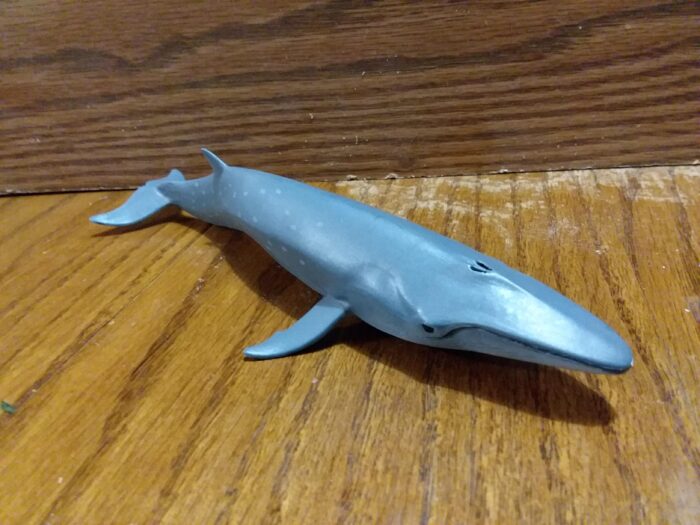

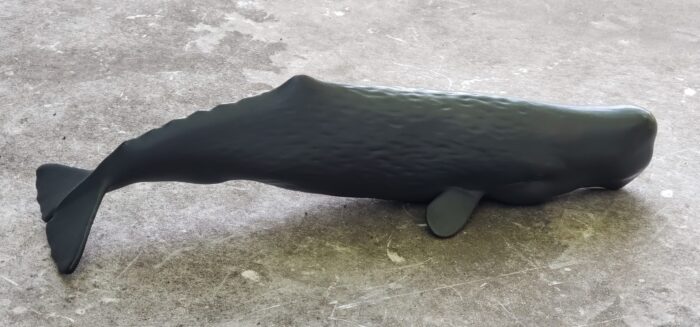
Review and images by Cachalot; edited by bmathison1972
Recently I have gotten interested in sea animals, whales in particular. The sperm whale (Physeter macrocephalus) is my favorite; it is an animal of extremes. It has the largest brain on earth, 17 to 20 pounds. There are music ditties about this creature being brainy.
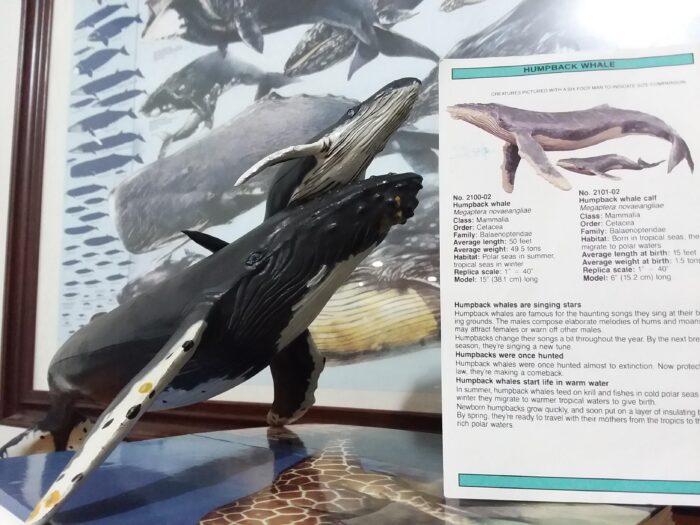
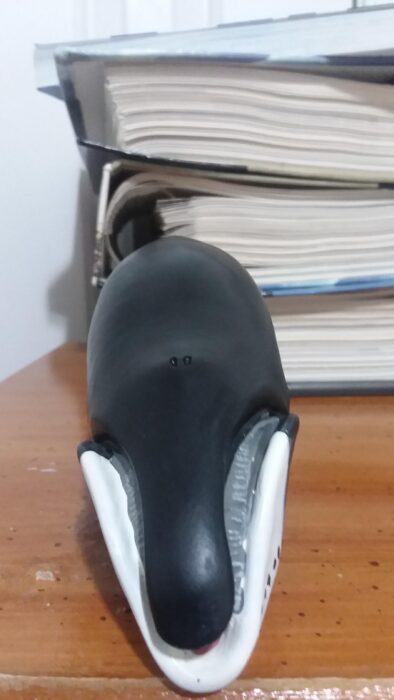
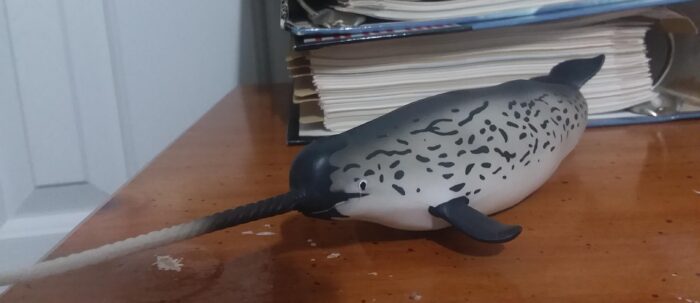
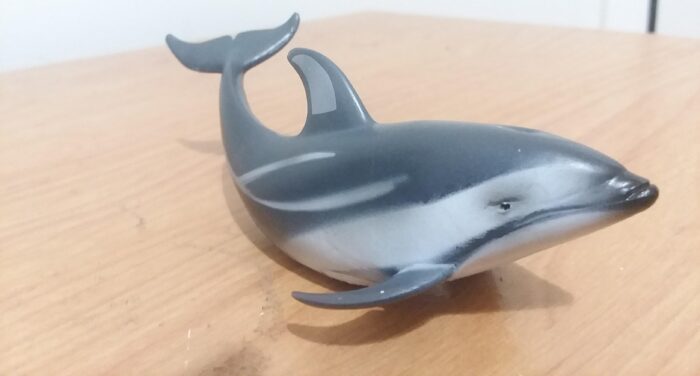
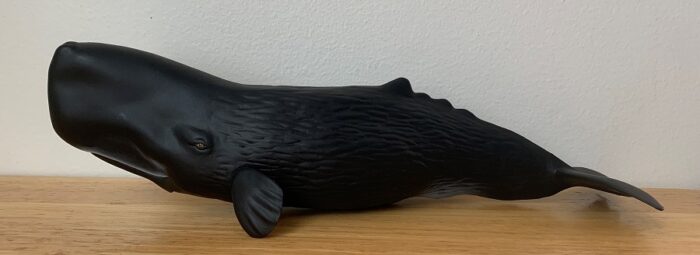
The sperm whale (Physeter macrocephalus) is one of my hands-down favorite animals and yes, I know I’ve said that before about other species, but there’s only three animals tattooed on my arm and one of them is the sperm whale. The other is the giant squid (Architeuthis dux) and as you can expect, they’re locked in combat, a small shark lurks in the background.
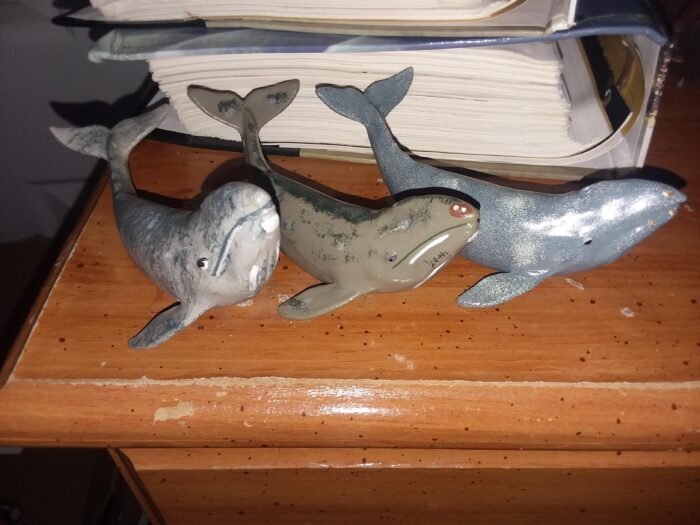
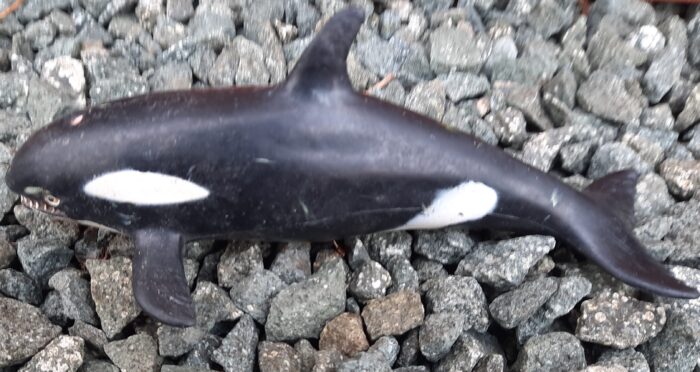
The oceans are full of wonderous, graceful but also dangerous animals, though many of these reactions depend on what species you are. This review will look at one that, to us, is graceful, beautiful and intelligence, but to many fish and whales is a dangerous predator, the killer whale (Orcinus orca), or the orca.
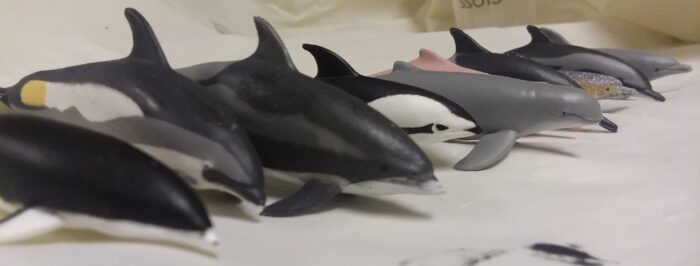
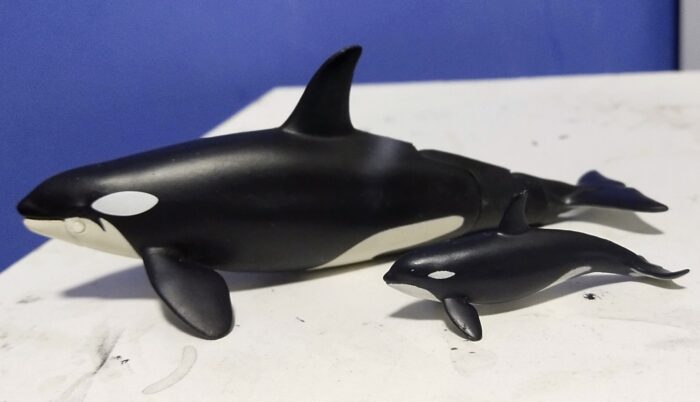
Review and images by JimoAi; edited by bmathison1972
Contrary to their common name, killer whales (Orcinus orca), also known as orcas, are a species of oceanic dolphin, although they can be considered whales as all dolphins are considered whales but not all whales are dolphins. They are the largest of all dolphins, reaching lengths of 500 cm to 960 cm with males getting to greater lengths than females and also sporting larger pectoral and dorsal fins, with some getting higher than 180 cm (that’s taller than I am!).